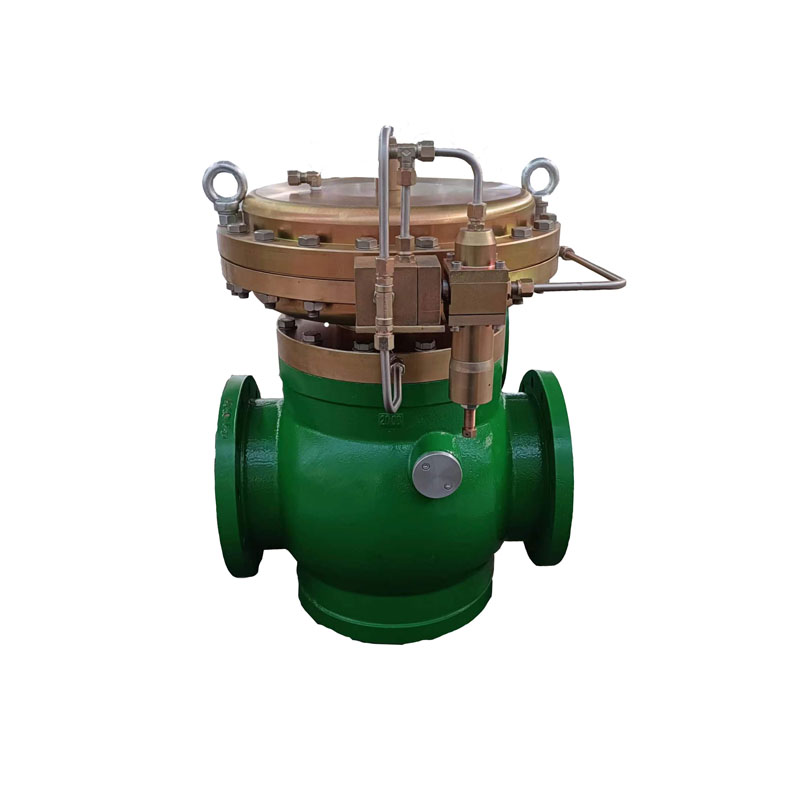
Jul . 31, 2024 19:28
Back to list
Design and Implementation of a Pressure Reduction Station for Efficient Gas Supply Management
Understanding Pressure Reduction Stations Function and Importance
Pressure reduction stations (PRS) play a crucial role in the distribution of gas and other fluids within various industries, including municipal utilities, industrial processes, and natural gas transmission systems. These stations ensure that the pressure of the gas entering a pipeline system is lowered to a safe and usable level, protecting both the infrastructure and the end-users.
At its core, a pressure reduction station consists of equipment designed to reduce the high-pressure gas received from transmission pipelines or storage facilities. The gas supplied through these high-pressure lines often exceeds safe operating levels for residential and commercial applications. This is where the PRS comes into play, transforming high-pressure gas into a stable pressure suitable for downstream distribution.
How It Works
The primary components of a pressure reduction station include pressure regulators, valves, and safety equipment. When high-pressure gas enters the PRS, it first passes through a series of filtration systems that remove impurities. Once the gas is clean, it is directed to pressure regulators that adjust the pressure by using mechanical or pneumatic systems.
.
Safety is a paramount consideration in the design and operation of PRS. These stations are equipped with multiple safety valves and monitoring systems that ensure any irregularities are swiftly addressed. Moreover, pressure relief valves are installed to prevent over-pressurization, which can lead to catastrophic failures.
محطة تخفيض الضغط

Applications and Importance
The applications for pressure reduction stations are vast. In municipal gas distribution systems, PRS allows utility companies to deliver natural gas to homes and businesses at safe pressures. For industrial applications, PRS is critical in processes that require specific pressure levels for machinery or chemical reactions.
In the context of natural gas transmission, PRS helps maintain the integrity of the pipeline infrastructure. High-pressure pipelines can be prone to leaks and failures, which can have serious environmental and safety implications. By controlling the pressure within the system, PRS not only extends the lifespan of pipelines but also mitigates the risk of gas leaks.
Furthermore, the efficient operation of pressure reduction stations contributes to the overall reliability of gas supply. Any failure in a PRS can disrupt service, leading to inconvenience for consumers and financial losses for utility companies. Therefore, regular maintenance and monitoring of these stations are essential practices to ensure their optimal functionality.
Conclusion
In summary, pressure reduction stations are indispensable components of modern gas and fluid distribution systems. They ensure that high-pressure gas is safely reduced to usable levels, facilitating a consistent and reliable supply. The complexities involved in their operation emphasize the importance of safety and maintenance, as these stations are often the first line of defense against the risks associated with high-pressure systems. As industries continue to evolve and new technologies emerge, the role of pressure reduction stations will remain critical in ensuring safety and efficiency in fluid distribution.
Latest news
-
Safety Valve Spring-Loaded Design Overpressure ProtectionNewsJul.25,2025
-
Precision Voltage Regulator AC5 Accuracy Grade PerformanceNewsJul.25,2025
-
Natural Gas Pressure Regulating Skid Industrial Pipeline ApplicationsNewsJul.25,2025
-
Natural Gas Filter Stainless Steel Mesh Element DesignNewsJul.25,2025
-
Gas Pressure Regulator Valve Direct-Acting Spring-Loaded DesignNewsJul.25,2025
-
Decompression Equipment Multi-Stage Heat Exchange System DesignNewsJul.25,2025

